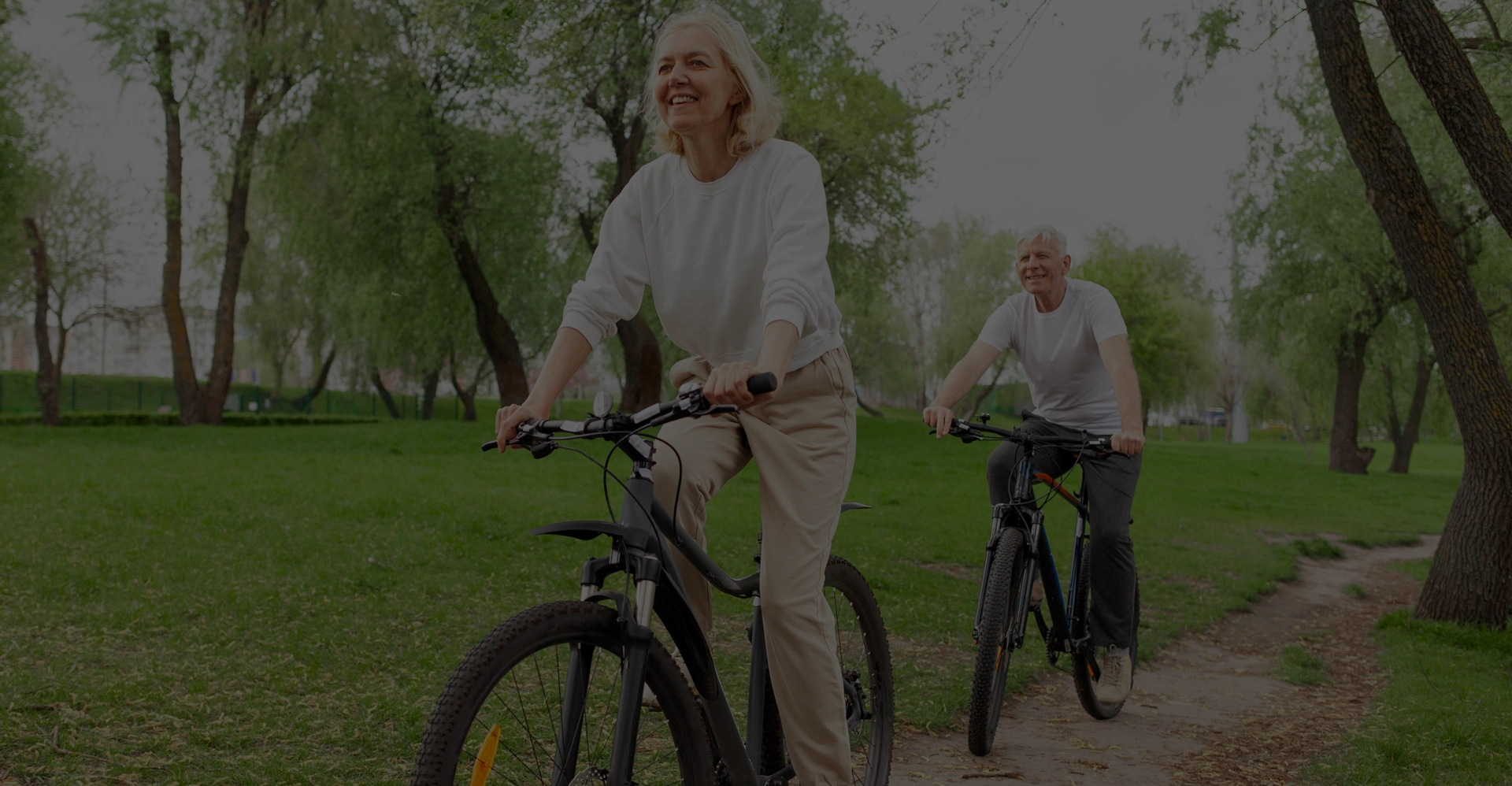
Living well in old age
Daily health and independence for seniors
Maintaining daily health and independence is essential for seniors to enjoy a fulfilling and active life. By adopting routines that promote physical activity, balanced nutrition, and mental stimulation, older adults can preserve their autonomy and overall well-being.
Making life easier for seniors
Facilities and care

01
Safe bathroom environment
Install sturdy grab bars, a comfortable shower seat, and a non-slip floor surface to enhance safety and help prevent falls in the bathroom.

02
Easier access to the home
Access ramps, widened doors, and automatic lighting to facilitate movement and reduce risks.

03
Functional and ergonomic spaces
Adjust furniture height, store essential items within easy reach, and avoid obstacles for a more comfortable daily life.
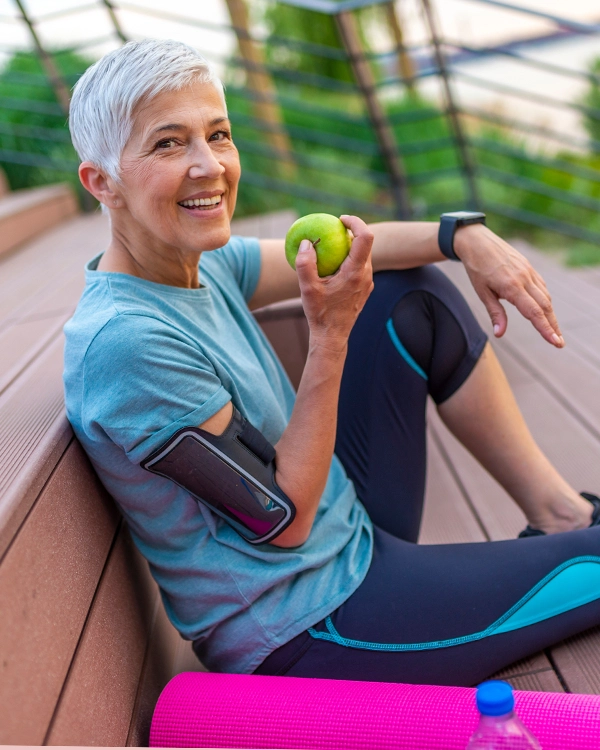
The importance of physical health for seniors
Maintaining physical health remains essential as we age, involving several focused areas. It includes the energy gained from a balanced diet tailored to older adults, as well as strength and endurance preserved through safe, regular activity. Adequate sleep supports memory, cognition, and physical repair, while targeted practices protect muscles and joints, helping prevent falls and manage age-related aches effectively.
- A diet meeting the changing nutritional needs of seniors.
- Gentle cardiovascular and strength exercises suitable for aging bodies.
- Sufficient restorative sleep to support cognition and cellular health.
- Activities enhancing flexibility, balance, and overall mobility.
Approaches to mental and emotional health
Emotional well-being is just as important as physical health in later life and requires careful attention. It involves developing strategies to handle daily stressors and nurturing a resilient mindset. Staying connected with family, friends, and community offers vital support, while practices like mindfulness can enhance focus, reduce anxiety, and improve emotional balance.
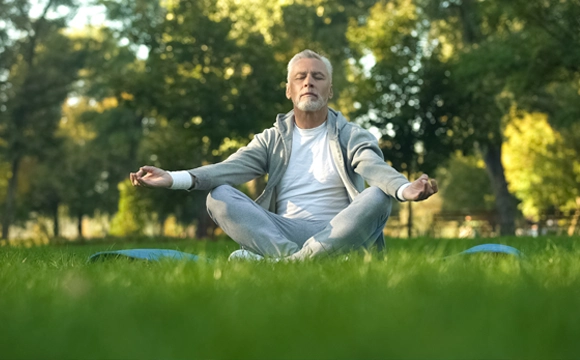
Stress reduction techniques
Gentle methods such as deep breathing and meditation help seniors manage the body’s response to stress.

Building psychological resilience
Strengthening the ability to adapt to challenges allows older adults to face difficulties without long-term emotional strain.
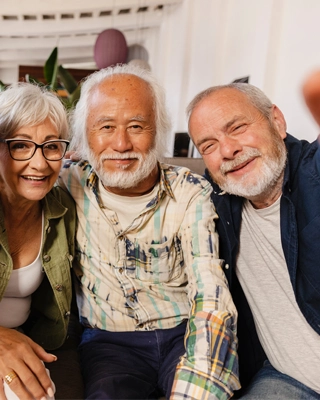
The function of support networks
Maintaining relationships with loved ones or community groups provides a sense of belonging and essential emotional support.
Systems for medical care and monitoring for seniors
Effective health management in later life increasingly relies on technology to monitor vital signs and stay connected with healthcare professionals. Remote monitoring allows continuous tracking from home, enabling timely interventions. These systems are especially important for managing chronic conditions and supporting correct medication use through reminders and tracking tools.
Remote health tracking
Wearable devices and at-home instruments send key health data, such as heart rate and blood pressure, to doctors for ongoing monitoring.
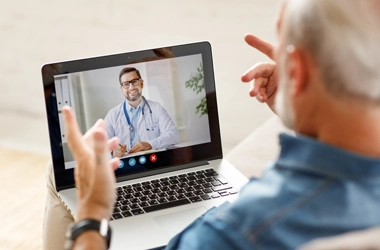
Telehealth consultations
Virtual appointments with specialists offer seniors convenient access to medical guidance and follow-up care without leaving home.

Medication management tools
Automated dispensers and digital reminders help ensure treatments are taken as prescribed, supporting safe and effective care.
Proactive health management
The importance of prevention in healthy aging
A proactive approach to health in later life emphasizes preventing illness before it arises. This includes maintaining a balanced diet suited to seniors, engaging in regular physical activity, and attending recommended preventive screenings. Health education helps older adults understand potential risks and make informed decisions that support long-term wellness while reducing the chance of chronic conditions.
Frameworks for remote care and home safety
Creating a safe living environment is essential for preserving independence in later life. This includes systematically identifying and addressing hazards such as loose rugs, poor lighting, or cluttered walkways. Emergency response systems provide immediate access to help in case of a fall or other urgent situation.
When combined with remote care technologies, these safety measures form a supportive framework that enables seniors to live at home confidently and securely.
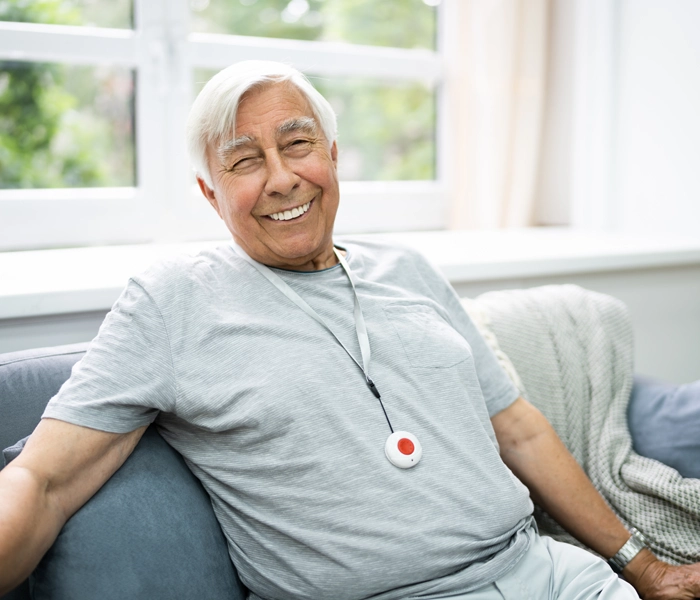
Supplemental health insurance tailored to the needs of seniors
As we age, our healthcare needs change and often become more specific. Supplemental health insurance tailored to seniors covers care that isn’t fully reimbursed by social security, such as specialist consultations, eye care, hearing care, or dental care. It offers flexible plans based on each individual’s budget and priorities, while also providing practical services such as access to a network of healthcare professionals, teleconsultation, and home assistance. The goal is to guarantee comprehensive protection while facilitating daily life and preserving the independence of seniors.
Understanding mobility aids and accessories for seniors
A variety of equipment exists to help seniors maintain mobility and support daily activities. These devices provide stability, reduce fall risk, and conserve energy. Choosing the right aid—from a simple cane to a motorized scooter—depends on each individual’s physical needs and the environments where it will be used.
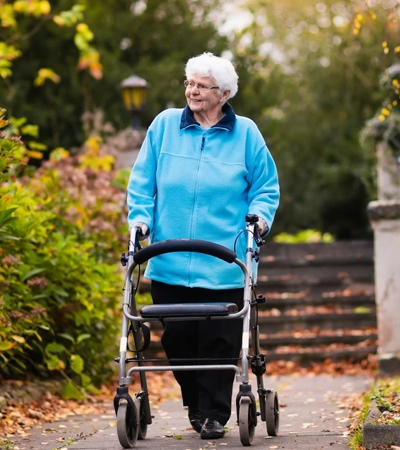
Support for ambulation
Walkers and canes give stability to seniors who need extra support when standing or walking.
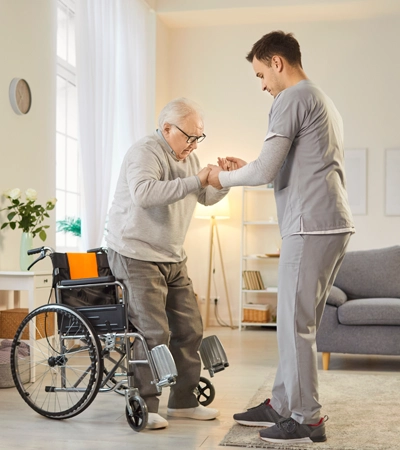
Aids for comfortable seating
Wheelchairs and mobility scooters are designed for those who have difficulty walking longer distances.
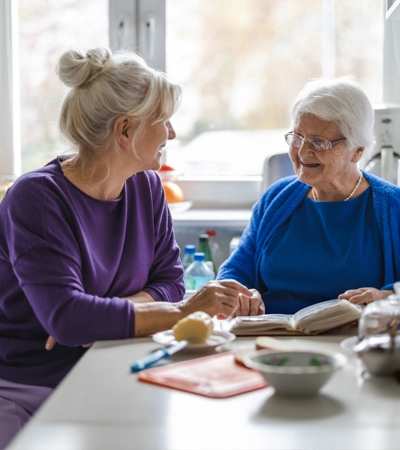
Daily living assistance
Transfer aids and adaptive tools effectively help individuals with tasks like bathing, dressing, and cooking.
